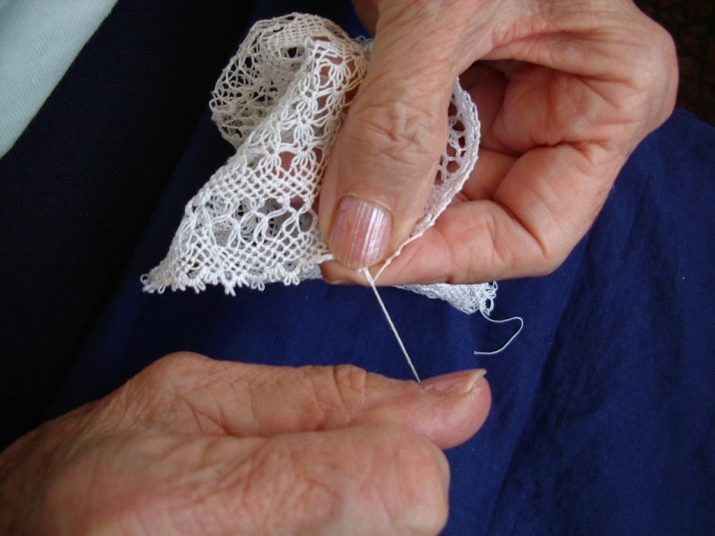All about needle lace

Needlework lovers find it very pleasant to study needle lace. The attention should be paid to needle Turkish, Armenian lace, reticella, tenerife and its other varieties. For those who like the appearance of the products, it will be very interesting to get acquainted with the execution technique.
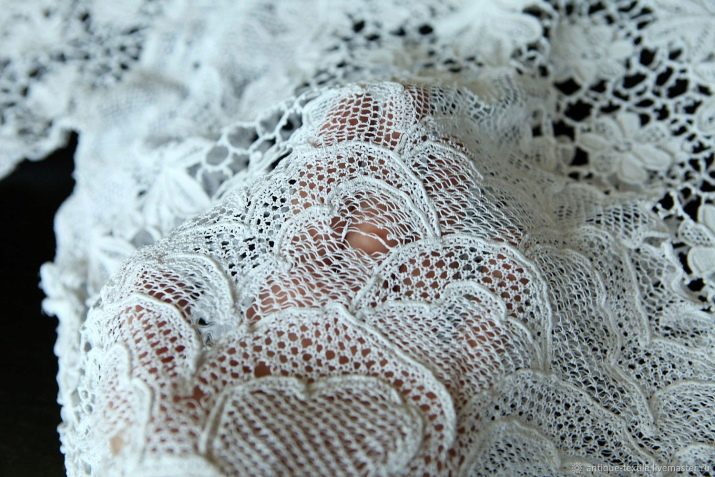
Peculiarities
The needle is used not only for sewing, but also for making lace. A technology such as needle lace has been practiced in several regions of the world for several hundred years. Technological techniques have been worked out very well, and even inexperienced needlework lovers will be able to cope with the work. All that is needed for work is the threads and needles themselves. The championship in the creation of needle lace is contested by Italian and Armenian craftsmen.
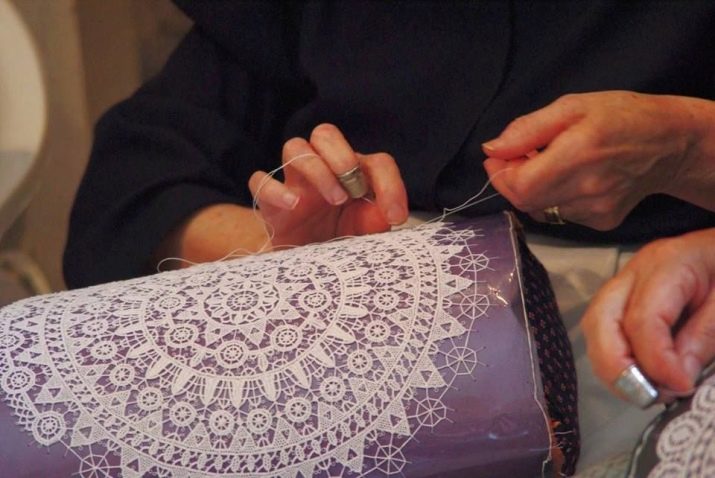
In all regions where this art took root, additional stitches were used to decorate the composition. If you have free time, all diligent craftswomen and craftsmen will master even the most complex lace-making techniques. For work, apply:
- cords (patterns are laid out with them);
- cotton thread for tone;
- basic embroidery threads;
- fibers for filling the gaps;
- stencils (they are usually made on tracing paper);
- high density polyethylene;
- fabric for basting;
- sewing needles;
- markers for notes;
- scissors;
- pins.
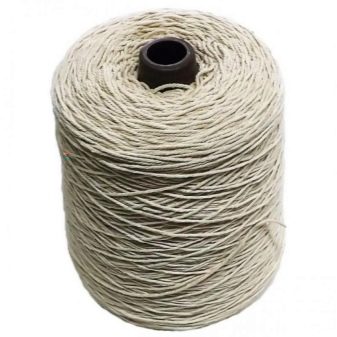
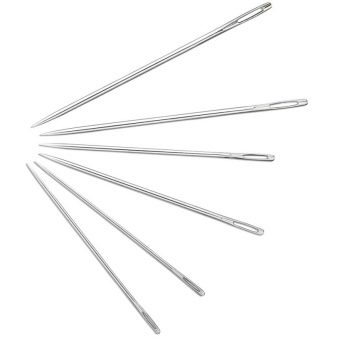
The ornament is created according to ready-made schemes. When you have already gained some experience, you can come up with your own patterns. At the time of transferring the drawing to tracing paper, they pay attention to what the thickness of the lace should be. Polyethylene lining prevents ink stains.
Pinning with pins ensures that the pattern does not move further, after fixing it is marked with contrasting threads.
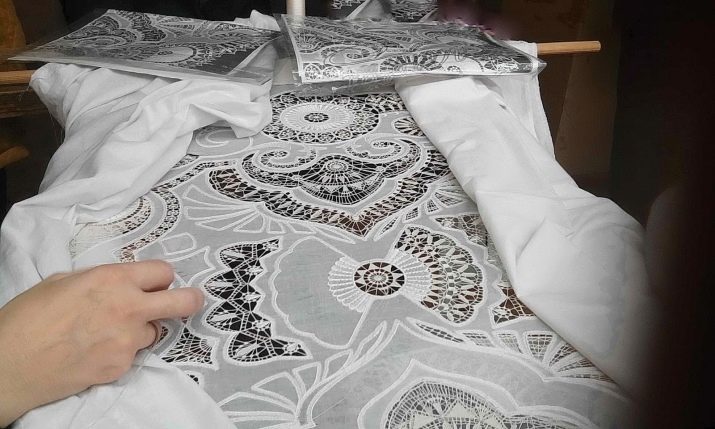
Varieties
There are quite a few types of lace weaving that are harmoniously used within the framework of volumetric techniques today. All of them are repelled in one way or another from the traditional decisions of different peoples. Turkish needle lace has various names:
- oya;
- oya;
- oyalari;
- oyyasi.

In the past, it was actively used in the design of scarves and scarves. This tradition is still preserved in the countryside of Turkey. It is believed that oya appeared even earlier than the Seljuk tribes came to the expanses of Anatolia - it goes back to the Phrygian kingdom. There is an opinion among experts that Turkish needle lace was taken up by the Greeks, and through them it entered Italian practice.
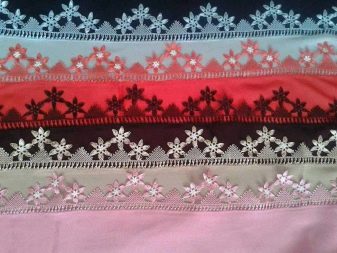
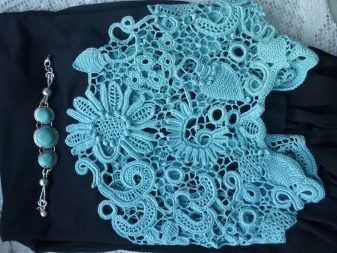
Armenian lace was almost forgotten in the 21st century. However, in the past they were engaged in a lot, as a result of which a separate block in the historical museum of Yerevan is now filled with such exhibits. Local researchers suggest that the earliest examples of such lace were woven during the period of the state of Urartu, which competed with the formidable Assyria. During the late Middle Ages, France actively imported the products of Armenian craftsmen. It occupied a solid position in the world market even at the beginning of the twentieth century, but due to the world wars and the Turkish policy of extermination it was almost lost, only gradually the local lace-making is reviving.

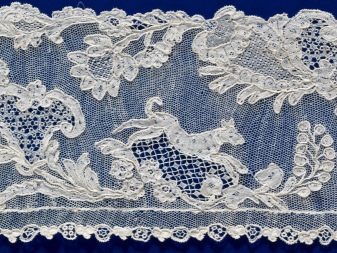
Lace tenerife originates, as you might guess, from the Canary Islands. Its characteristic feature is the use of mixed stitches. The main plot element is the "rosette", from which the filamentous rays depart. Tenerife's craft was quickly appreciated in mainland Spain as well. However, it owes its worldwide success to Latin America, and above all to Brazil.
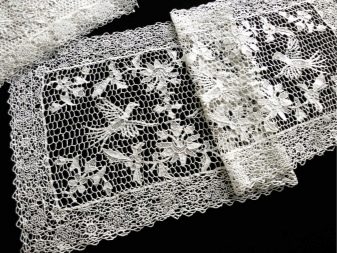
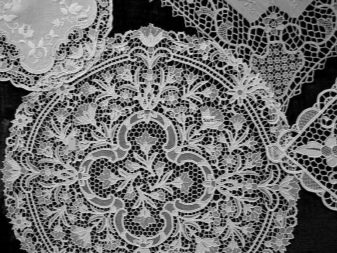
In the Old World, such products are called both "solar" and "Brazilian", and also simply "salt". For weaving, you need a round or square pattern. When used, floral motifs are embodied. The geometry can vary significantly, but in any case there are one or two levels of petals. These twisted yarn lace flowers are used in decoration:
- bedspreads;
- stoles;
- shawls;
- heterogeneous decor.

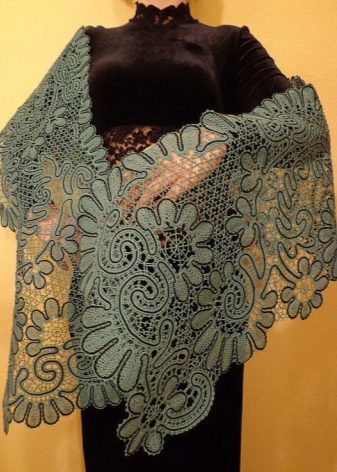
The appearance varies due to:
- geometry of templates and created rosettes;
- methods of fastening the middle of the flower;
- various types of strapping and joining of elements.
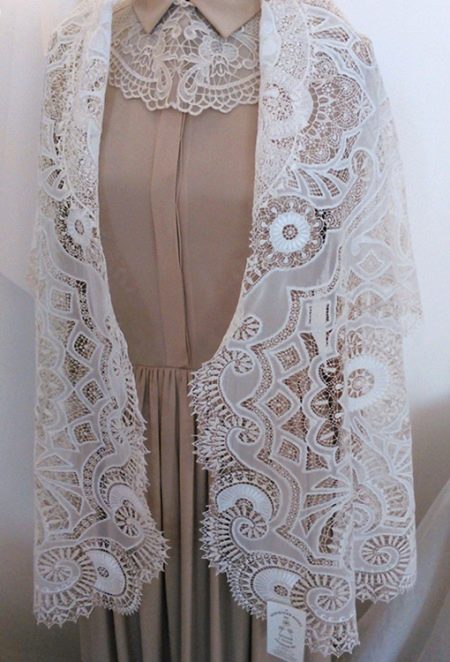
The reticella lace comes, of course, from Italy. Without going into disputes about priority, it is worth noting that such a product is created using simple sewing needles. For work, use the techniques of guipure and white smooth surface. The labor intensity of such lace products is quite large, therefore they are expensive.
Initially, thread-thread embroidery was used (which was practiced in our country and in other regions in the early Middle Ages).
Italian needle lace can be smooth and embossed. In a smooth version, a flat canvas is created. The embossed type implies the convexity of the edges of the patterns. The perimeter of the individual elements will also be convex. Embroidery is carried out according to the method of a dense surface or a buttonhole seam along the flooring.

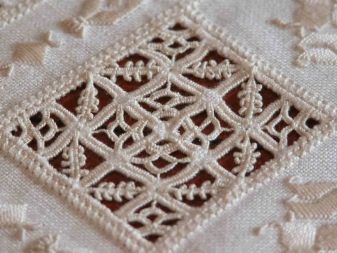
Execution technique
The simplest method involves stringing air loops in rows. They do it in free space, and not on grids. It makes no sense to strive to immediately develop a complex pattern. The main technique is to sew long stitches. Loops are made by pulling the needle under the thread, completing the first row by attaching the thread to the fabric.
The second row is led by laying loops through the intervals of the loops of the first level. Each row of loops must be completed by fixing the thread. A thick thread is attached to a thinner thread. The pattern is attached at all puncture points. As soon as the field on the sheet is filled in, all the threads are additionally reinforced with knotted contour stitches.

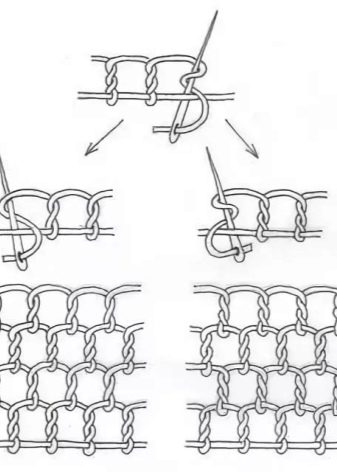
Predictable - the thinner the thread used, the softer the lace will look.
The needles can be of different sizes, but each of them should have a comfortable eyelet. The substrate is taken from a dense material, including sealed fabric. Darning stitches allow you to fill the net with several strands in a straight line or in a circle. A scalloped seam is used to lay corners and corner grooves.
